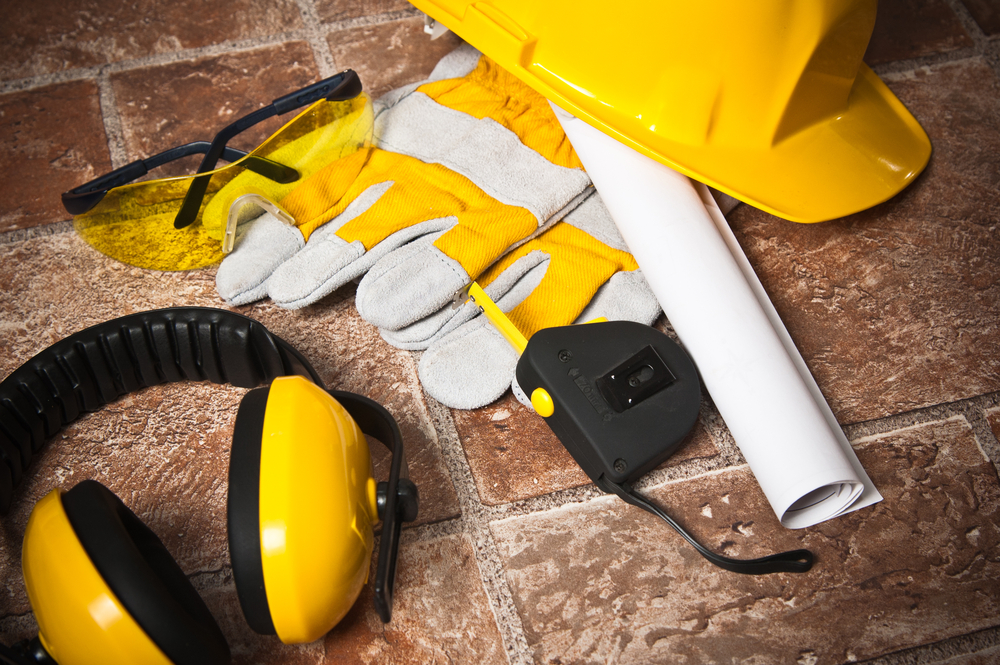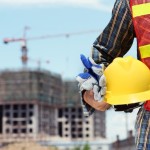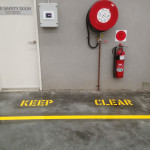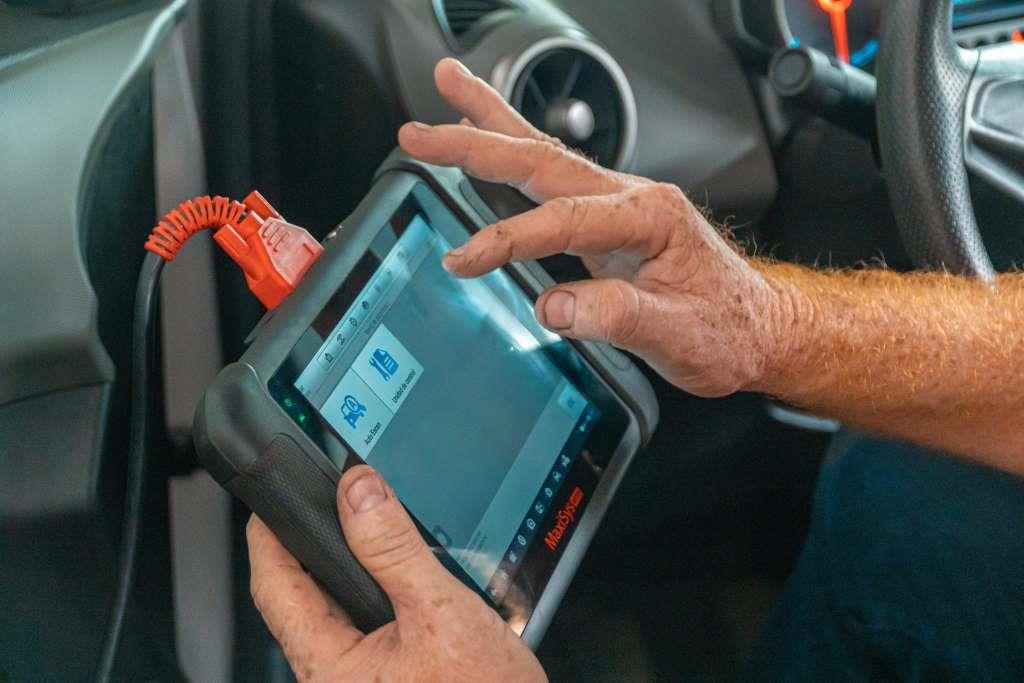Most of the commercial constructions are big projects and such construction site is a potentially dangerous environment; health and safety standards have to be observed strictly and maintained at all times. Each project should have a safety management system in place that outlines the policies, processes, instruction, and documentation that will serve to establish the culture of safety and understanding for everyone on the construction project.
The following components shall be part of the systematic approach:
Assessment
The first step required is performing a walk-through of the site with all officials involved in the project from supervisors to safety officers and write down anything that may be considered unsafe. It is the builder’s obligation to secure a site in order to protect the workforce as well as the public. This exercise is to ensure that the site does not pose potential hazards or accidents. The construction site must be easy to access by workers. This means that all entrances and exits to the property as well as footpaths through the construction must be clearly marked or labeled. Workers should be able to move through the site and to their designated work area easily and should be given enough space to work comfortably without compromising their safety. All access points should also warn of construction in progress and note that authorized access is required to be on the site.
TRAINING AND INSPECTION

Training
All personnel in work-site should undergo a safety and operating training procedure either on-site or at a training facility. Training should include proper lifting techniques to help reduce common back injuries sustained on the job. This is to ensure everyone is safeguarded and informed of the possible risks at hand and proper ways to avoid them.
Tool Safety
All tools on site are to be inspected to ensure it is working properly. Any tool suspected to be faulty, tampered or missing a safety guard should be pulled out from their site immediately until necessary repairs conducted by a professional personnel. Be on the lookout for unusual noises and jerky movements. Also plant machinery such as diggers and dumpers are used only by certified drivers with passengers strictly not allowed. Any tool should be safely stored in work areas when not in use and should also have all necessary safety switches or guards on them. Any that cannot be safely stored in the work area should be brought down to a storage area once work is finished for the day. These inspections should be carried out regularly.
EQUIPMENT AND GEAR
Safety Equipment
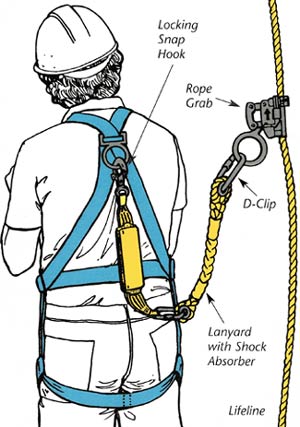
Take measures to prevent objects from falling from height and to take measures to protect members of the public (such as persons passing by the site). It is essential to use harnesses and other required safety equipment when performing roof work or working on scaffolds.

Personal Protection Equipment
All workers on site should be provided with personal protective equipment and clothing including hard hats, safety goggles, boots and any other suitable protection such as work gloves, ear plugs and face masks when required. They are to be marked and correctly labeled with instructions on how to use them correctly.
COMPLIANCE AND REGULATIONS
Hazardous Materials Should Be Taken Care By Construction Manager

Identify and mark any hazardous materials and securing them in a safe location. This step is essential in safety as anyone coming across it will easily recognize the material and the risks involved if handled carelessly. Hazardous materials, concrete included, need to be securely stored and covered to avoid pollution or contamination. Existing power lines (buried or overhead) should also be identified and necessary precautions taken to ensure that electrical systems are well maintained in a safe condition. In a post called, “Construction Manager Responsibilities” by Hammerconstruction.com points out that a material safety data sheet is an important component of occupational health and safety policy and a major responsibility of the construction manager. The material safety data sheet should be put into use to keep an inventory of any hazardous materials on the site.

Complying with Regulated Standards.
There are numerous hazards in any construction site and is therefore paramount for certain standards to be set as a precaution. OSHA (Occupational Safety and Health Administration) came up with regulated standards to be met by any site under construction. You should be careful to follow all recommendations and mandates from occupational health and safety inspectors and keep safety records to evade a shutdown or accidents.
Emergency Preparation.
Operators and site workers should have a plan of action in case of an emergency. Everyone should have knowledge on what to do in the event of an injury or electrical, mechanical, power failures. The site should be fully equipped with adequate fire extinguishers and any other fire precautions such as escape routes.
Public Safety
Safety is not just about workers on site but also those in the surrounding neighborhood. On working hours the entire site should be barricaded to protect the public and after work for the day is completed, all points of entry should be secured and locked. Warning notices should be put up with relevant constant information incase of any occurrence. The equipment left on site will be safe, secure and not posing any threat to the public.
References and citations:
- http://www.accidentsny.com
- http://www.vizimac.com
- http://www.hrfiresafety.com
- http://info.defogitworks.com
- http://travelingbarracuda.files.wordpress.com
- http://www.clker.com
- http://www.compliancesigns.com
- http://www.gardenware.com.au
- http://www.hammersconstruction.com/construction-manager-responsibilities/
Dimmy is a physiotherapist at Lakeview physical therapy clinic and member of CA association.







